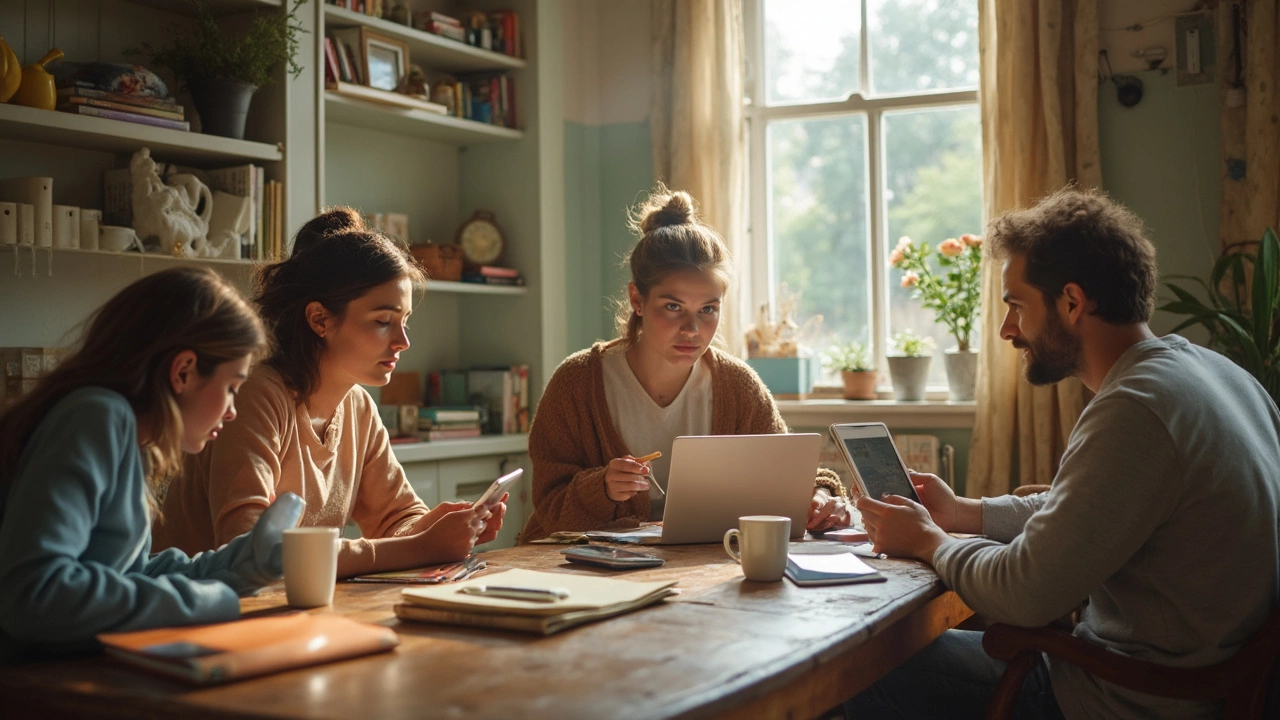Digital Learning – What It Is and Why It Matters for Young Kids
Ever wonder why more preschools talk about digital learning? It’s just a fancy way of saying kids use screens and online tools to explore, play, and practice skills. The goal isn’t to replace playtime or hands‑on activity, but to add a new layer of learning that fits today’s world.
At Nottingham Nursery School we see digital learning as a partner to our classroom. A short video can show a shape‑sorting game, a virtual field trip can take a child to a farm without leaving the room, and a simple app can reinforce counting while they draw. All of this happens while the child stays safe, engaged, and in control.
Why digital learning clicks with little learners
Kids love moving pictures and interactive sounds. When an app reacts to a tap, the brain lights up with curiosity. That instant feedback—right or wrong—helps them see cause and effect quickly. It also lets them repeat a task as many times as they need, something a busy teacher can’t always offer.
Another big plus is variety. One day a child might explore numbers with a bright puzzle, the next day they could learn animal names through a short animation. This mix keeps attention sharp and stops boredom before it starts. Research shows that short, focused digital sessions (10‑15 minutes) improve memory for the concepts they’re covering.
Parents also get a win. With a few clicks they can see what their child is doing, add extra practice at home, or pick activities that match school topics. That connection between home and school makes learning feel continuous, not split.
Easy ways to bring digital learning into your child’s day
Start small. Pick one trusted app that matches what your child is learning at school—maybe a counting game if they’re working on numbers. Set a timer for 10 minutes and watch them explore. Keep the device on a stand or in a child‑friendly case to avoid accidental drops.
Pair screen time with real‑world talk. After a video about farm animals, ask, "What sound does a cow make?" or "Can you draw a cow on paper?" This bridges the digital experience to hands‑on activity, reinforcing the concept.
Make it a family habit. Use a tablet together for a short story or a science experiment video. When kids see adults using tech purposefully, they understand it’s a tool, not just a game.
Watch the balance. Digital learning works best when it’s a supplement, not the whole day. The best schedule mixes indoor play, outdoor time, reading, and a few minutes of screen‑based learning.
Finally, keep an eye on how your child feels. If they get frustrated or lose interest, pause and switch to a physical activity. The goal is fun and growth, not stress.
Digital learning isn’t a trend that will fade; it’s becoming part of how kids explore the world. By choosing the right tools, setting clear limits, and linking online fun to real‑world play, you give your child a stronger start in school and beyond.
Online Learning: Is It Good or Bad for You?
Wondering if online learning is really worth it? This article breaks down what makes distance education work—or not work—for different people. You'll get the facts on flexibility, motivation, social life, and real-world outcomes. Whether you're a parent, a student, or just curious, this piece will uncover how online classes actually feel and function in daily life. Expect honest advice and practical tips to help you make the smartest choice.
